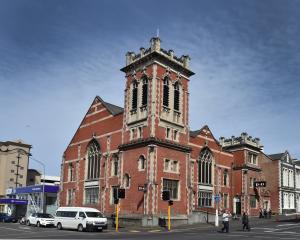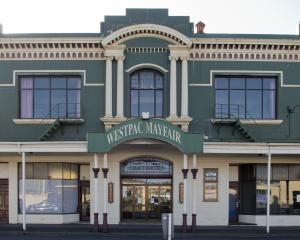University of Otago researchers hope to "give a voice to the voiceless'' and shed new light on Otago's early European farmers through a proposed study that seeks to analyse skeletons from unmarked graves near Milton.
The proposed project would be undertaken in partnership with a local community group called Tokomairiro Project 60 (TP60).
This would be the first time such research has been attempted on any early European population in New Zealand.
The researchers hope to learn more about the quality of life and identity of Otago's early European settlers and farmers through the study, which would involve excavating and analysing skeletons from unmarked graves in Tokoiti, Milton.
The TP60 group has located records of 68 burials in the St John's Church of England Cemetery on the back road at Tokoiti.
The first known burial was in 1860 and the last in 1926.
The cemetery has long been neglected, only six full headstones have survived, and the TP60 group is keen to restore and protect the graveyard and to identify, where possible, where some individual people are buried, so graves can be marked.
State-of-the-art archaeological and forensic analysis of the cemetery would be undertaken by researchers led by Associate Prof Hallie Buckley, of the Otago anatomy department, and Dr Peter Petchey, of the Otago anthropology and archaeology department.
The researchers hope to recover 20-30 individuals, initially focusing on burials beyond the current cemetery fence.
After DNA, bone and tooth analysis had been completed, the remains would be re-interred in their original plots and the researchers and TP60 would co-operate in restoring the lawn cemetery and marking burial sites.
The project had been endorsed by the Rt Rev Dr Kelvin Wright, Bishop of the Anglican Diocese of Dunedin, and the TP60 research team, Prof Buckley said.
And a public meeting will be held at the Milton Coronation Hall at 7pm on Tuesday, June 14 to present the project to interested people in Milton and the wider community.
The Central Otago District Council (CODC) last year declined to make a Scientific Archaeological Authority application that would have allowed Otago University researchers to undertake forensic analysis of some unmarked graves in the area, starting with the Moa Creek (Ida Valley) cemetery.
Prof Buckley said that she had been trying to follow the COCD's suggested ``due process'' last year but some
people in the community had not felt fully informed about what had been proposed.
In this case, Otago researchers had been approached by the TP60 group, and she had pressed for a public meeting to be held to outline exactly what was proposed.
Dr Wright supported this project and had signing rights over the church-owned graveyard in terms of being able to make a Scientific Archaeological Authority application for the forensic work to be undertaken.
The proposed study would "give a voice to the voiceless'' , including by "helping families to identify the graves of their ancestors'', she said.
This research would also provide "a unique opportunity to trace the diet and health effects of the European colonisation process'' - from European settlers leaving their homeland, undertaking extended sea voyages and reaching rural Otago, she said.
TP60 group convener Robert Findlay said he was "very supportive'' of the proposed forensic study, and ``all the more because it helps us and meets our objectives''.
Advertisement













